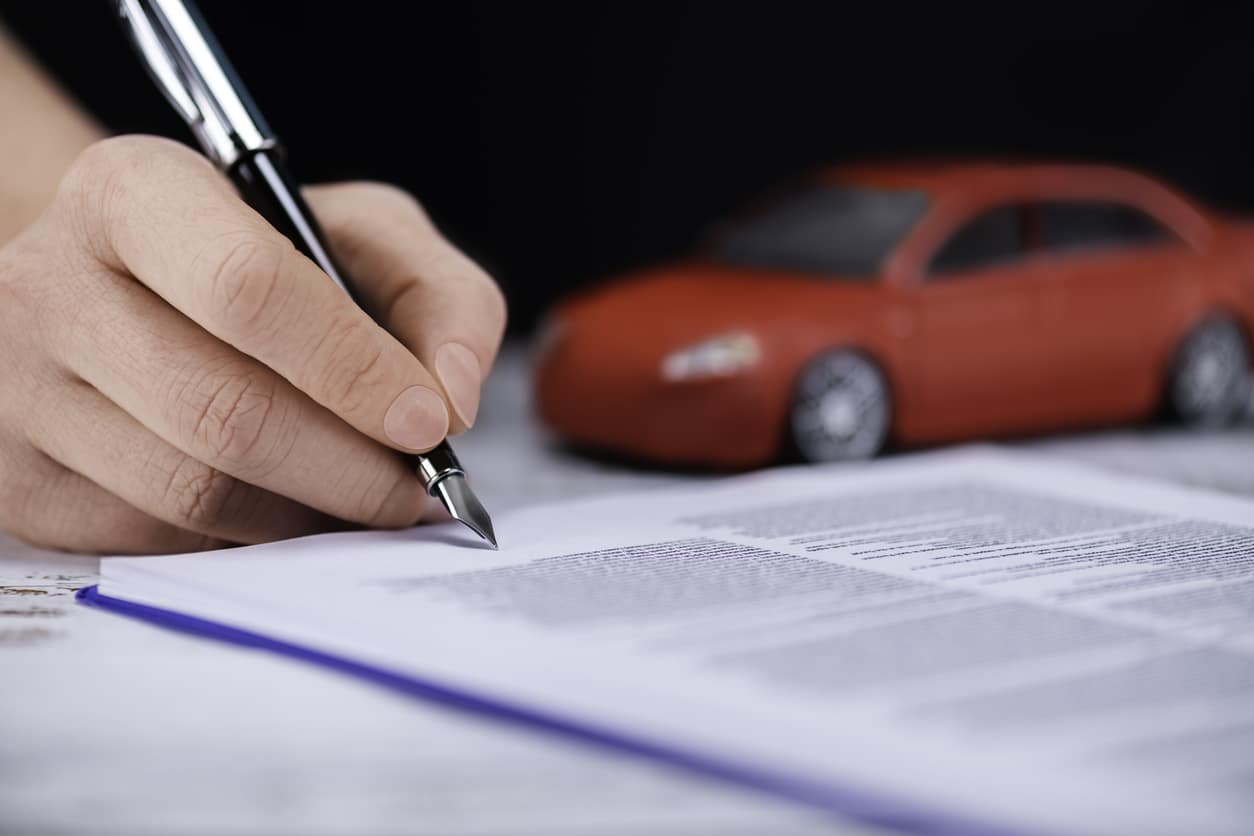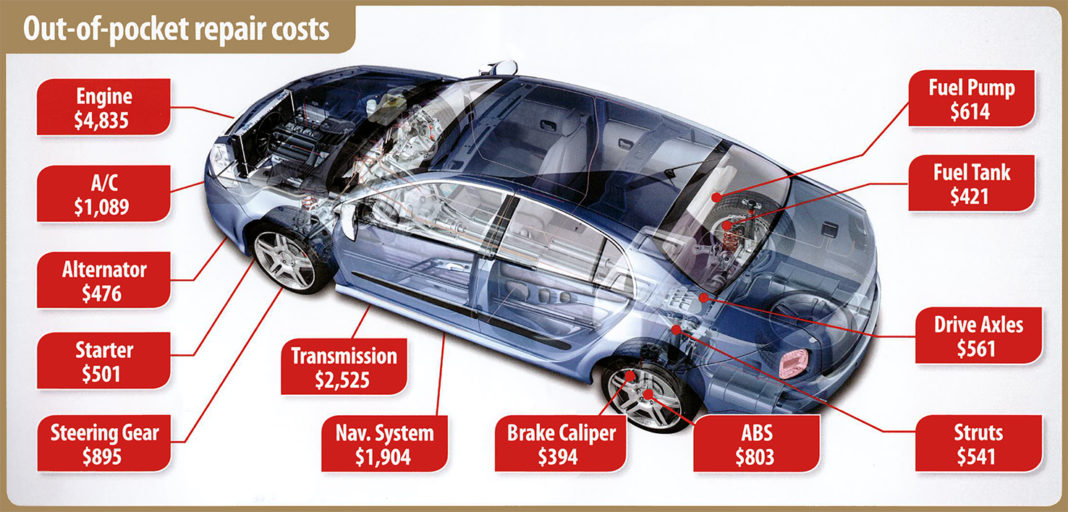
Whether it’s a new or used car, the cost of maintenance and repairs can be quite high. One way car owners hope to save money is by purchasing an auto warranty. With so many options for warranties, trying to weed through the varying terms and conditions can feel like a daunting task.
With warranties for either new or used vehicles, there are just a few main keywords and options to look out for to make sure you are saving money by the plan covering some costs of repairs but also not losing money by paying for plan options you don’t need.
Types of Warranty Coverages
Regardless of being a factory warranty or one purchased through a third-party vendor, there are certain terms for the plans, that are similar. Check the terms and conditions specific to your plan to ensure you know what you are paying for and what support you can expect when repairs are needed.
Powertrain Warranty
As the name implies, powertrain warranties generally cover everything in the drive-system of the car, from the motor to the wheel axles. These types of warranties most often have a shorter term than others. However, since it covers vital engine components such as seals and gaskets, they may prove to be a wallet-saver if any covered part fails.

Bumper-To-Bumper
The bumper-to-bumper warranty is the most comprehensive of warranty plan types, and is commonly called, an “exclusionary plan.” In short, a bumper-to-bumper warranty covers everything as the name implies, including most mechanical, electrical, and other high-tech components.
The terms of these types of warranties generally list conditions or components that are not covered, rather than what is covered. These exclusions usually include general wear and tear, damage caused by an accident or collision, or any damage or component failure due to the installation or use of aftermarket parts.
Other Warranty Types
While Bumper-To-Bumper and Powertrain warranties are the most common types, other more miscellaneous coverages might be worth exploring.
Depending on which state you live in, the Department of Motor Vehicles may require yearly or periodic emissions testing. If this is the case, an Emissions Performance or an Emissions Defect warranty may cover you if any emissions-system-related part fails.
For the body of the car, you may have the option of purchasing or adding a Corrosion Warranty. While these generally do not cover damage caused by environmental factors, such as acid rain, they usually cover corrosion of the sheet metal body skin due to material defects.
Warranty Vendors
Along with options for coverage, there are also options for who sells the warranty. This generally is dependent on the age of the vehicle and whether it is new or used.
Factory Warranties
Generally, the easiest route for auto warranties is to have a factory warranty. For both new cars, manufacturers each have their term limits for bumper-to-bumper and powertrain warranties, with many offering longer terms as a marketing strategy. However, these are generally limited to the first owner of the vehicle.
Even if your car is used, it may be covered by a factory extended warranty, commonly called a Certified Pre-Owned (CPO) warranty. Along with the standard factory warranty, each manufacturer will have its own CPO warranty terms.
Independent Extended Warranties
Depending on the age of the vehicle, it might not be eligible for a factory warranty or even a CPO warranty. There is still an option for coverage. Many companies, independent of auto manufacturers, offer extended warranties that may offer similar coverages, with some plans covering up to 250,000 miles.
Cost
If there is an option for a factory warranty when purchasing a car, it is generally a good investment to add on. This is specially true during the break-in period or if it is a new model. However, an independent extended warranty, should be compared to the average annual cost for repairs for your car brand.